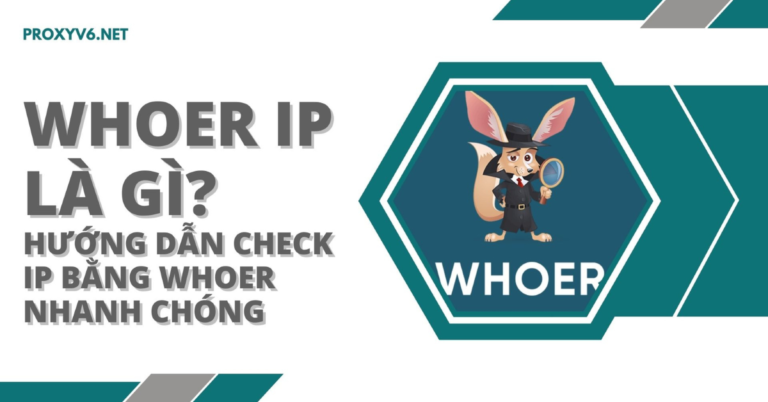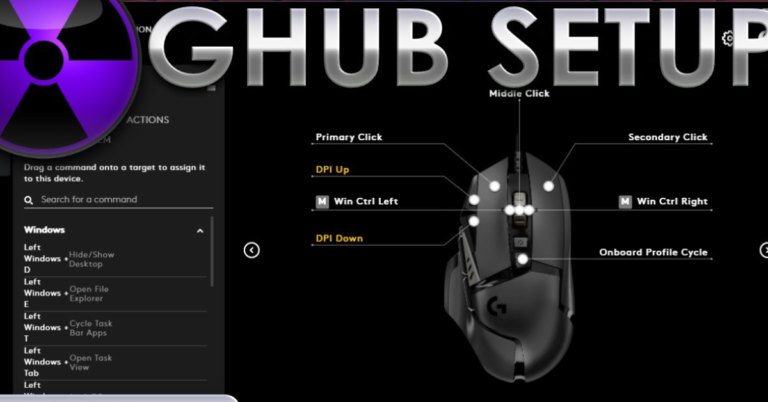Progress Report Parent Letter: Tips and Sample Template
In the realm of education, effective communication between teachers and parents plays a pivotal role in a student’s academic journey. One of the essential tools for this communication is the progress report parent letter. This document not only updates parents on their child’s academic performance but also serves as a bridge for collaboration between home and school. Let’s delve into what makes a progress report effective and how to craft one that serves its purpose optimally.
Purpose and Importance
The primary purpose of a progress report parent letter is to provide parents with a clear and concise overview of their child’s academic progress. It goes beyond just grades; it includes insights into the child’s strengths, areas needing improvement, and their overall engagement in class. By receiving this information, parents can actively support their child’s learning journey at home and collaborate with teachers to address any challenges early on.
Key Components
A progress report parent letter typically includes the following key components:
- Introduction: Begin with a warm greeting and a brief statement of the purpose of the letter.
- Overview of Progress: Provide a summary of the child’s current academic standing, including grades, assessment scores, and any notable achievements.
- Strengths: Highlight the child’s strengths and positive attributes in the learning environment.
- Areas for Improvement: Identify specific areas where the child may need additional support or improvement.
- Behavior and Engagement: Comment on the child’s behavior, participation in class, and overall attitude towards learning.
- Next Steps: Suggest strategies for improvement and invite parents to collaborate with teachers in supporting the child’s progress.
Clarity and Simplicity
It is crucial to ensure that the letter is written in clear, simple language that is easy for parents to understand. Avoid educational jargon and technical terms unless they are explained clearly within the context of the child’s progress. The tone should be positive and supportive, focusing on constructive feedback rather than criticism.
Personalization
Each progress report parent letter should be personalized to reflect the unique strengths, challenges, and achievements of the child. Use specific examples and anecdotes to illustrate points and make the letter more relatable to the child’s experience in the classroom.
Encouraging Communication
At the end of the letter, encourage parents to reach out to the teacher with any questions or concerns they may have. Provide contact information and suggest scheduling a meeting or phone call to discuss the child’s progress in more detail. Building open lines of communication fosters a strong partnership between home and school.
conclusion
A well-crafted progress report parent letter serves as a valuable tool for fostering communication, collaboration, and support between teachers and parents. By providing clear and personalized feedback, educators can empower parents to actively engage in their child’s educational journey and ensure that every student receives the support they need to succeed.







